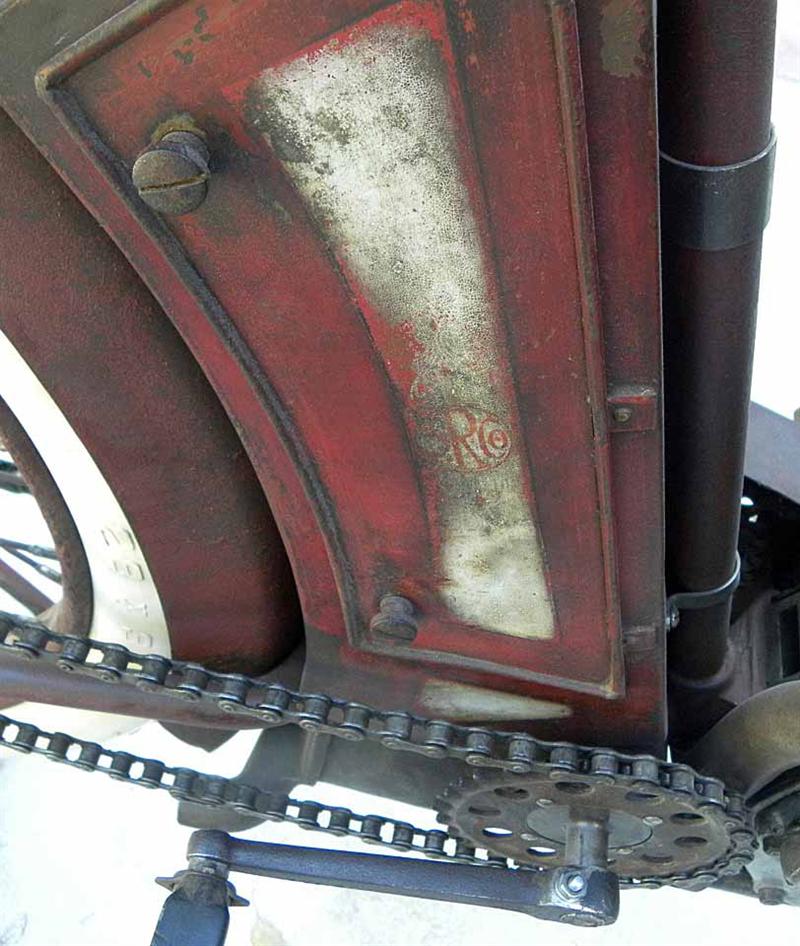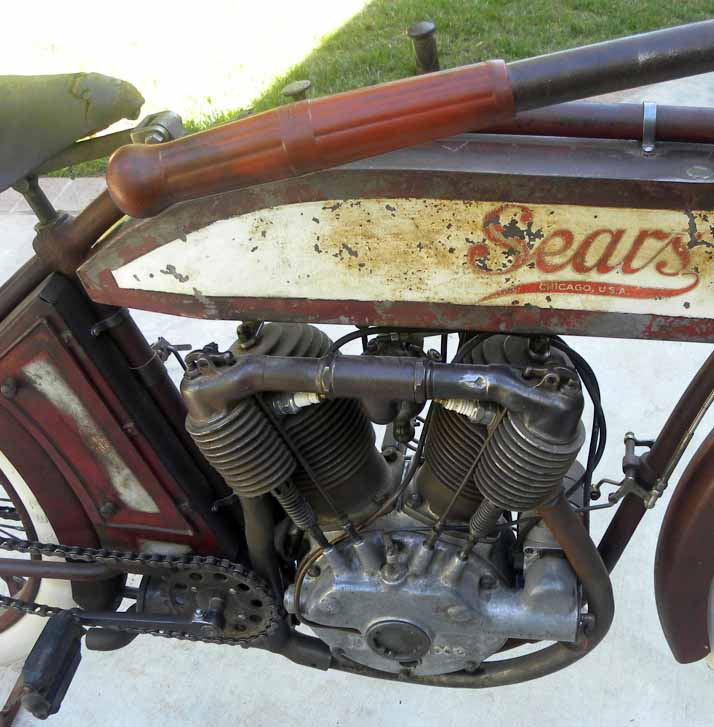
Back when the Transcontinental Railroad’s golden spoke was still gleaming, the industrial East and the wild West linked by the locomotive, and a young United States still recovering from a bloody Civil War, two books brought relief, comfort and hope across the country. One would be the Bible, the other the Sears mail-order catalog.
Founded by Richard Sears, the “ultimate 19th Century wishbook” first appeared as a printed mailer in 1888 under the title “R.W. Sears Watch Co.” Its sales initially focused on time pieces and jewelry. In 1896 the enactment of the government’s Rural Free Delivery program made posting the heavy volume, now titled the Sears, Roebuck and Co. Catalog, economical to mail and thus more far-reaching. It was subtitled the “Book of Bargains: A Money Saver for Everyone.” You could still select from its pages watches and jewelry but also sewing machines, furniture, china, sporting goods, clothing, saddles, guns, books, cameras, barber chairs, wigs, wallpaper, basketball hoops, musical instruments including pianos, entire horse-drawn buggies and bicycles.

The latter was one just a step away from a motorcycle, the motorized two-wheel phenomenon taking off at the turn of the century. Following in the successful wake of Harley-Davidson, Indian and dozens of other American made motorcycles, the Sears company, headquartered in Chicago, decided to join the bandwagon. Keeping to their motto “money back if not satisfied” they went looking for a quality machine to carry the Sears name on its gas tank. A major focus was the powerplant. In the early 1900s a number of moto-cycle entrepreneurs were offering machines of their design but powered by motors supplied by other companies, for example the DeDion French engines that went into a plethora of very early bikes.


Sears chose to keep it Made in the U.S.A. and opted for one of the finest powerplants of the day, those offered by the Spacke Machine Co. of Indianapolis. Founded in 1905 by brothers Frederick and William Spacke began building their motors in 1911 with the first of the Sears motorcycles debuting in the Sears & Roebuck catalog in 1912. Spacke motors were sold through various popular catalogs from which you could also buy frames and components and thereby construct your own machine. Several bike manufacturers of the period used Spacke engines including Dayton, Crawford, Eagle, Redman, and of course Sears.


Spacke “all-purpose” V-twins engines were applied to a wide range of uses, from running shop equipment to powering automobiles and motorcycles and available in 60 cu. in. and 70.62 cu in. They were considered high performance and very durable. While it was a “blind bore” design, with non-separable heads (aka intake over exhaust or IOE), the engine also sported some rather modern design features, including a complete ball-bearing crankshaft. However, its main oil system does need extra help from a hand plunger mounted on the gas tank.

Construction of the Sears motorcycle was relegated to a Chicago company called Excelsior, though not the one associated with Schwinn and THE Excelsior motorcycles of historic fame. As seen in the S&R catalog, the Sears motorcycle carried a price tag of $237, a relative “bargain” when the V-Twin was compared for quality against the competition of the day, most others being single cylinder at a similar price. In addition to the Spacke motor, features included a heavy duty loop frame, sprung suspension, Schebler carburetor, and chain drive rather than the more common belt-drive. The Sears came with an Eclipse clutch with a single speed rear hub (a 2-speed optional) and an integrated coaster brake (no front brake). Power rating was given as 7 and 9 HP depending on which model you chose. In addition to an engine of beautiful design and appearance, the Sears also benefited from a significant amount of nickel plating adding to its overall luster.



Although the Sears Motorcycle faded from production, history and the Sears catalog pages after 1916, the Sears Catalog itself has been acknowledged as a cultural icon, one that served as “a mirror of our times, recording for future historian’s the day’s desires, habits, customs and mode of living.”

